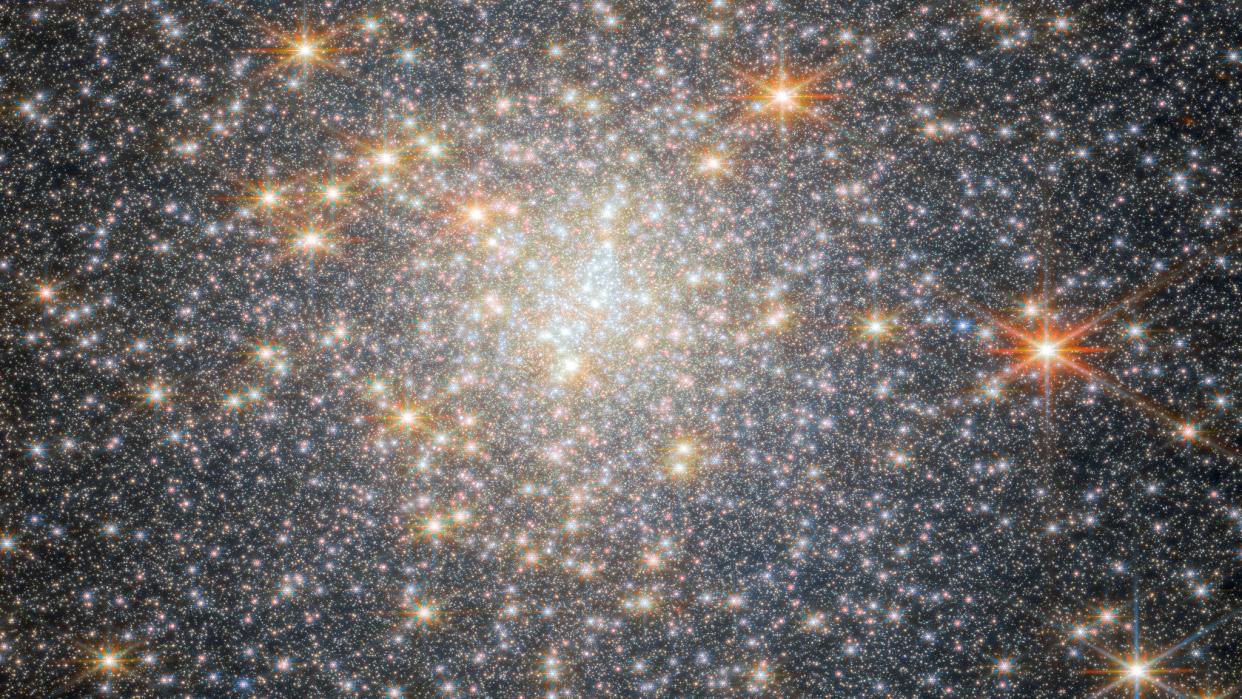The 8 most extraordinary JWST images of 2024, so far

Nearly one million miles away from Earth, the James Webb Space Telescope studies the cosmos. Since launching on December 25, 2021, JWST has provided ground-breaking insights into the history of our universe. And 2024 has been no different. This year, JWST has already measured “hot Jupiter,” captured the birth of stars, found evidence of a neutron star in fiery supernova remains, and brought new insights to the study of wavy-armed spiral galaxies. We’ve collected eight of our favorite JWST images of 2024 that capture the awe-inspiring glory of space. Inside the Large Magellanic Cloud (a satellite galaxy of the Milky Way) is N79, a massive star-forming complex. N79 pumps out stars impressively fast and far faster than similar regions in our galaxy. Image: ESA/Webb, NASA & CSA, O. Nayak, M. Meixner ESA/Webb, NASA & CSA, O. Nayak, At the heart of I Zwicky 18 are two bursts of star formation. The irregular dwarf galaxy was first identified in the 1930s, but scientists are using Webb’s powerful resolution and sensitivity in the infrared to look closer at I Zwicky 18 and study the lifecycle of stars. Image: ESA/Webb, NASA, CSA, A. Hirschauer, M. Meixner et al. About 32 million light-years from Earth is NGC 1433, a spiral galaxy with a luminous center. Image: NASA, ESA, CSA, STScI, Janice Lee (STScI), Thomas Williams (Oxford), PHANGS Team JWST captured the sharpest infrared images of the Horsehead Nebula’s “mane” to date. Inside its celestial blue-grey cloud, young stars can be seen sparkling. Image: NASA, ESA, CSA, Karl Misselt (University of Arizona), Alain Abergel (AIM Paris-Saclay) Hot, massive stars early in their lives lurk in the dust of NGC 604. The star-forming region is located in the Triangulum galaxy, 2.73 million light-years away.Image: NASA, ESA, CSA, STScI Tucked behind large amounts of dust, JWST captured young stars in the massive arms of NGC 1559, a barred spiral galaxy 35 million light-years from Earth.Image: ESA/Webb, NASA & CSA, A. Leroy, J. Lee and the PHANGS Team ESA/Webb, NASA & CSA, A. Leroy, Data from the Hubble and James Webb space telescopes was combined to capture this image of of NGC 5468, a galaxy located about 130 million light-years from Earth.Image: Webb NIRCam + Hubble WFC3

